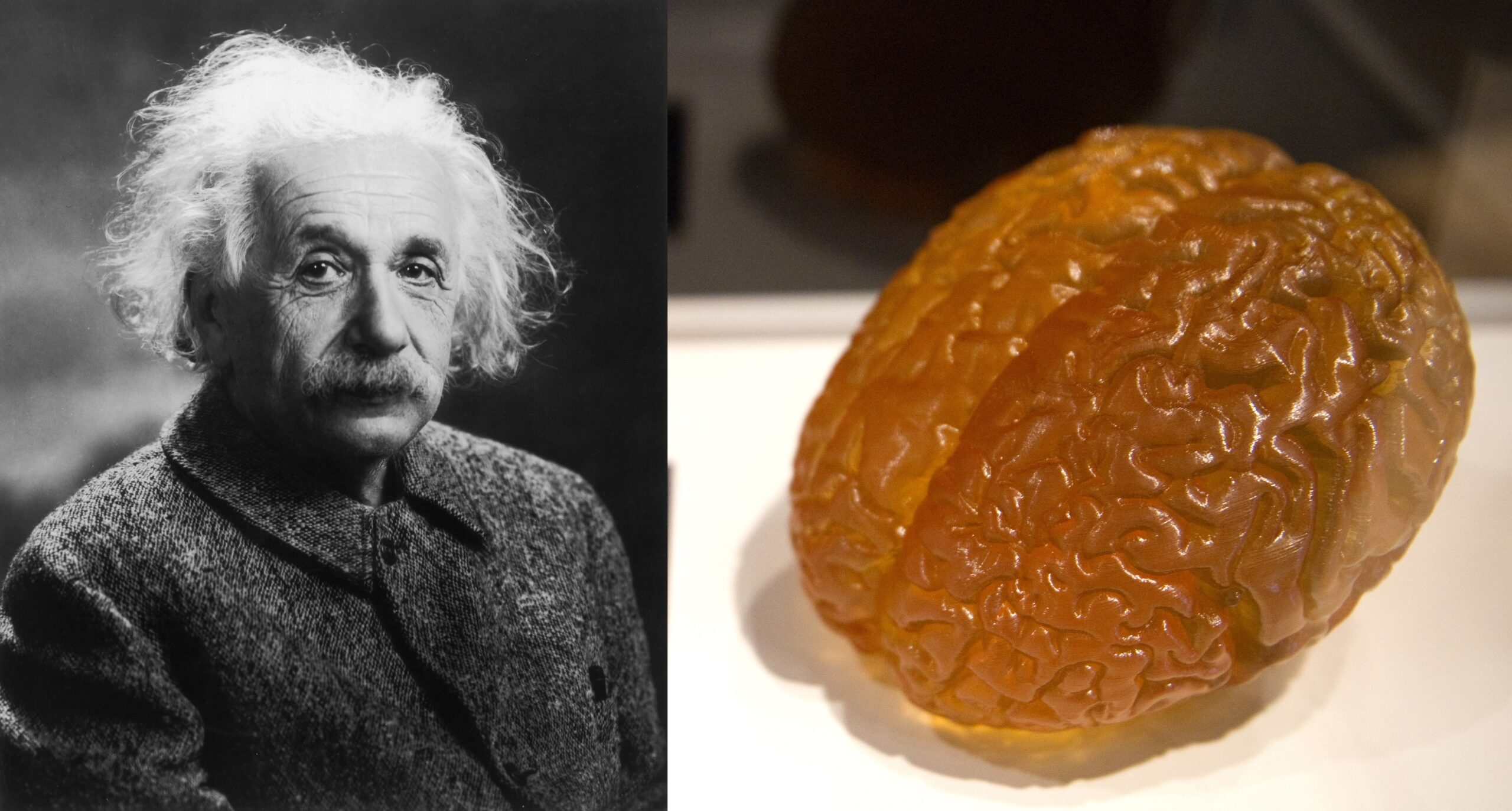Einstein possessed extraordinary talent and intelligence, allowing him to accomplish the work of many scientists. His work delved into concepts that were beyond the grasp of ordinary individuals, and he had a unique ability to simplify complex ideas for the world to understand.

One of Einstein’s most groundbreaking achievements was his theory of relativity, which revolutionized the field of physics. People marveled at the distinctiveness of Einstein’s brain, believing it to be unlike that of an average person. Interestingly, Einstein had expressed a wish that his brain not be studied after his passing.
However, after Einstein’s death, his brain was stolen, leading to a series of controversial events. His brain was divided into 240 blocks, photographed extensively from various angles, and more than 1000 slides were created. Samples of his brain were sent to researchers worldwide, sparking numerous studies.
These studies revealed key differences between Einstein’s brain and that of the average individual. Notably, the size of Einstein’s corpus callosum, the bundle of nerves connecting the two brain hemispheres, was exceptionally large. This unique feature allowed for exceptional communication and coordination between the left and right sides of his brain, enabling him to contemplate multiple complex issues simultaneously.
Furthermore, the density of neurons in Einstein’s brain was notably high, contributing to his remarkable cognitive abilities. His mathematical prowess was particularly astonishing, as he could solve complex mathematical problems without the need for pen and paper.
Research into Einstein’s brain continues to this day, with the possibility of uncovering more surprises and insights into the genius of this iconic scientist.
Leave a Reply